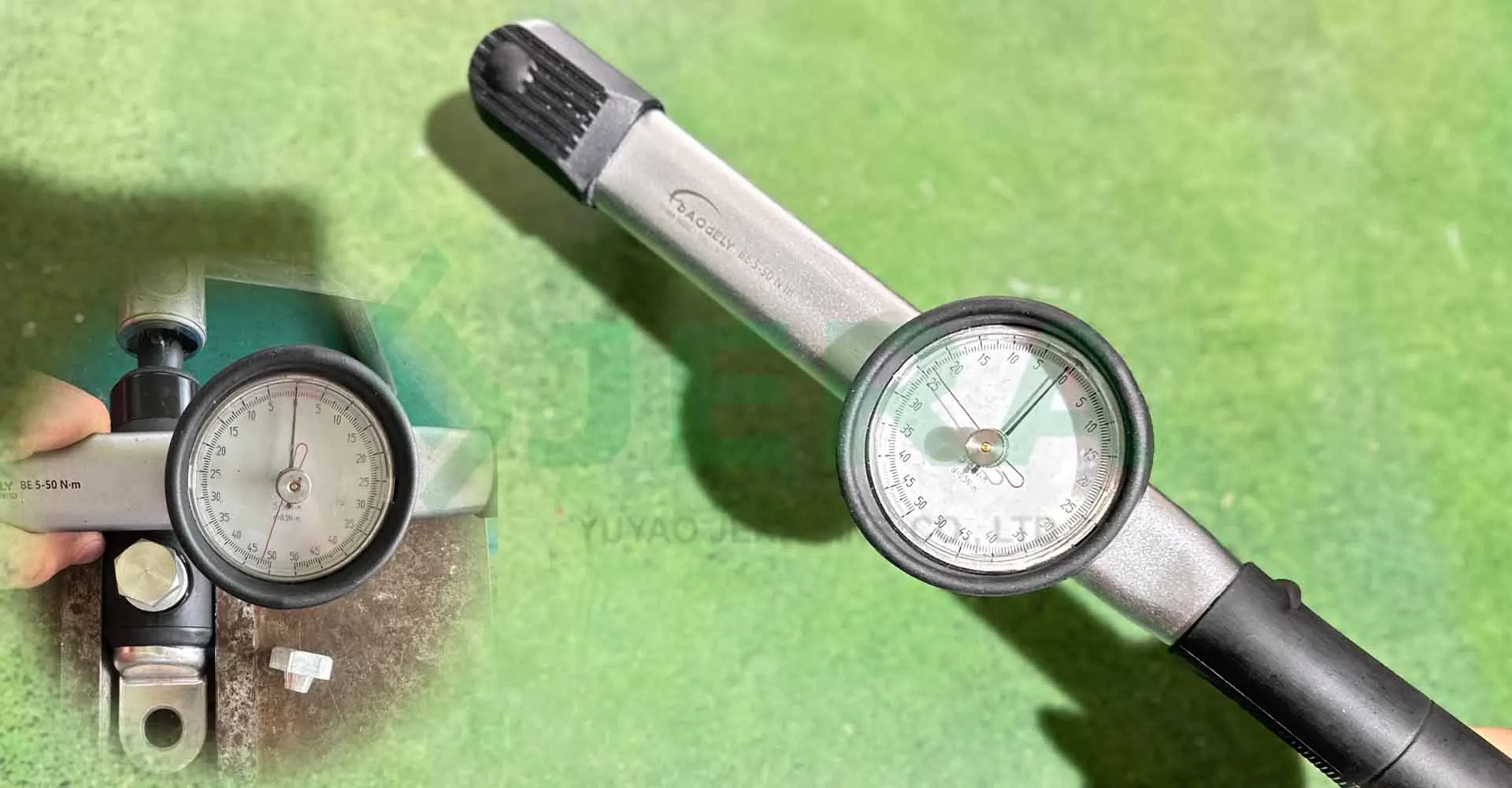
A shear test evaluates the ability of a material, component, or connection to resist forces that cause parts of the material to slide past each other along a plane. In shear testing, a shear wrench or specialized apparatus applies a force parallel to the surface of the test specimen until failure occurs. This testing determines the maximum shear strength, or the shear stress the material can withstand before failure.
Importance of Shear Testing
-
Safety Assurance: Ensures that materials and connections can withstand operational shear forces without failure.
-
Design Validation: Helps in designing components with appropriate safety margins.
-
Quality Control: Verifies consistent manufacturing quality.
-
Material Comparison: Assists in selecting suitable materials for specific applications by comparing shear strengths.
-
Structural Integrity: Critical for applications where shear forces are predominant (e.g., bolted or welded joints).
Universal Testing Machine Used in Shear Testing
-
A Universal Testing Machine (UTM) is commonly used for shear tests. It typically features:
-
A load cell to measure applied force
-
Crosshead movement controlled precisely to apply shear force
-
Fixtures and grips adapted for shear testing
-
Data acquisition system for recording force and displacement
-
In shear testing, the machine applies force parallel to the test surface until failure occurs.
Main Applications of Shear Testing
If you are have more questions, please feel free to contact Jera Line team.












